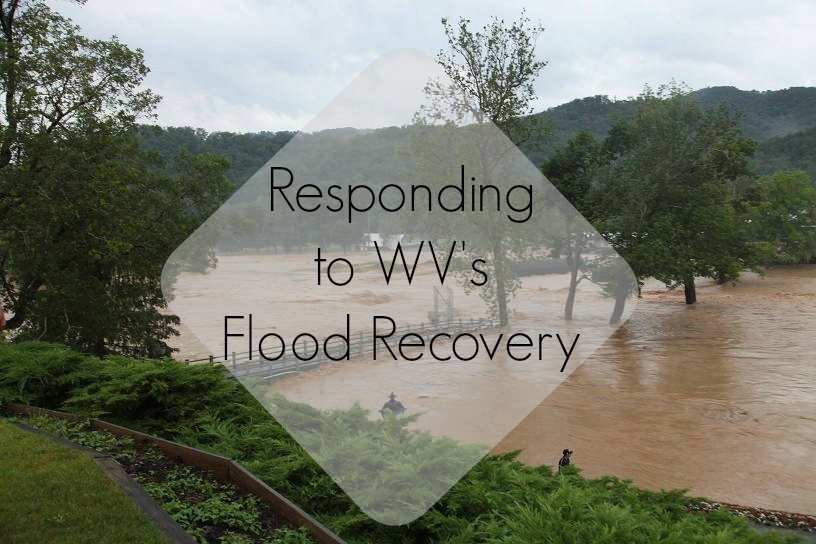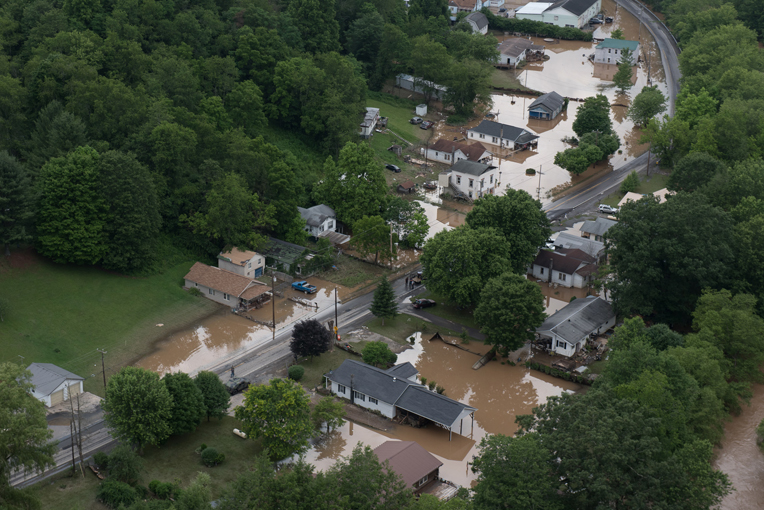Historic Winter Storm in Northeast

 It’s been a winter of extremes in the Northeastern and Mid-Atlantic United States. One month ago, there were flowers blooming in Washington, DC. Today, those flowers are buried under nearly two feet of snow.
It’s been a winter of extremes in the Northeastern and Mid-Atlantic United States. One month ago, there were flowers blooming in Washington, DC. Today, those flowers are buried under nearly two feet of snow.
The effects of this storm varied across the region. Parts of West Virginia saw nearly three and a half feet of snow. New York City saw its second highest snowfall ever. And the coasts of New Jersey, Delaware, and Maryland saw significant property damage and beach erosion from flooding and high waves. So far, nearly 40 deaths have been associated with the storm.
While winter storms are typically more of an inconvenience and less of a major disaster for many people, they can still cause significant property damage, power outages, serious injuries, and deaths. And their severity may be increasing. Government officials are estimating this storm may have caused as much – or more damage- than superstorm Sandy to Atlantic coast communities.
We’ve seen recent reports that climate change will make hurricanes in the Atlantic and Caribbean twice as powerful and destructive as ocean temperatures rise. The same can happen for nor’easters like this weekend’s storm. That means that, in addition to more powerful summer and fall storms, we can expect to see more powerful winter storms more frequently in our future. This year in particular, we’ve seen the intensity of storms magnified through a particularly strong El Nino effect.
The good news is that winter storms come with days of warning, allowing communities in their path the opportunity to prepare for the duration of the storm and the aftermath. As with hurricanes and tropical storms, its important that such warnings be taken seriously to prevent injuries and loss of life.
CDP will continue to monitor the impact of this most recent storm and future winter storms. We’d welcome updates on your response to this storm. Email them to anna.hurt@disasterphilanthropy.org.
More like this

From Tragedy to Triumph: West Virginia’s Flood Recovery Continues
